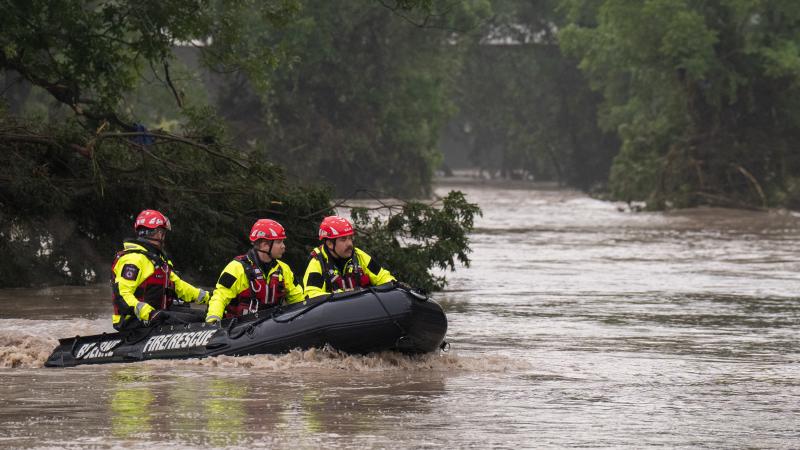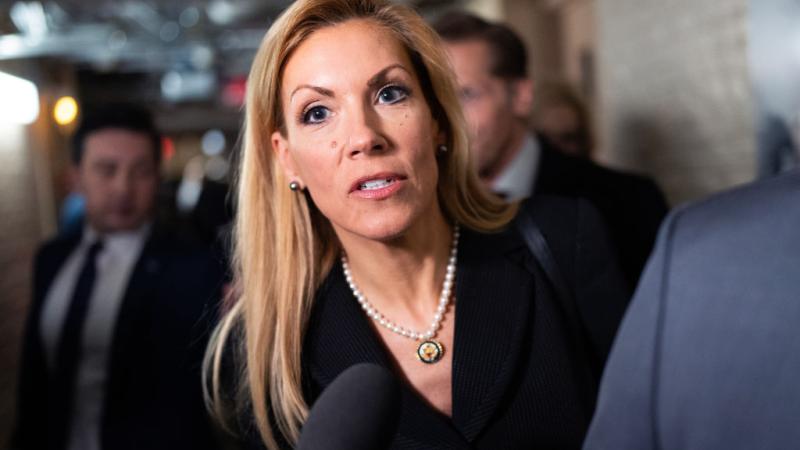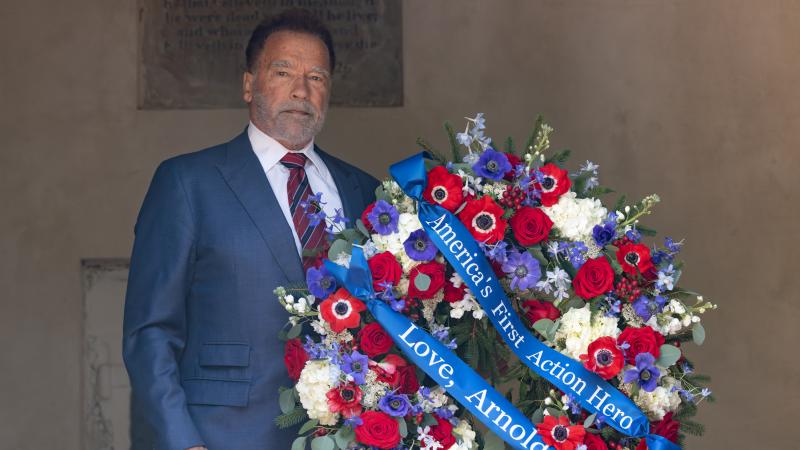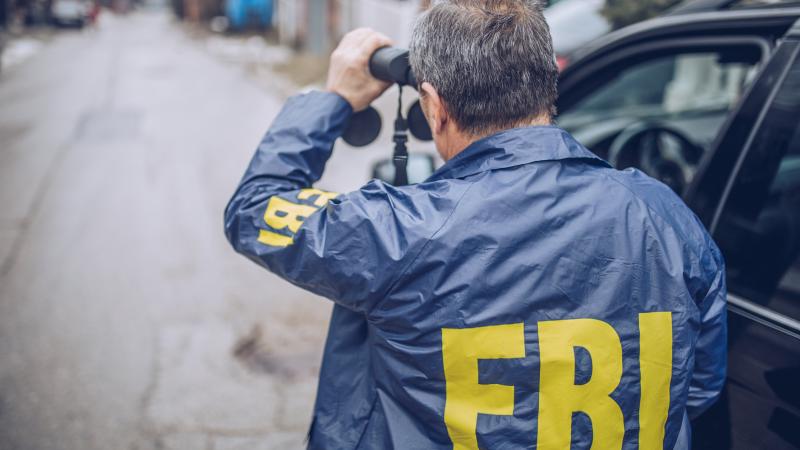Ohio's election system implements new voter ID measure, faces legal challenge
"Elections integrity is a significant concern to Americans on both sides of the aisle across the country,” Gov. Mike DeWine says.
Ohio’s new law requiring voters to show a photo ID at the polls is already being challenged in court.
Gov. Mike DeWine, when signing the bill into law, said the General Assembly did not include more restrictive measures and he does not expect more voting changes in the next four years.
"Elections integrity is a significant concern to Americans on both sides of the aisle across the country,” DeWine said. “At the same time, I have long believed that Ohio does a good job of administering elections, as we have provided ample opportunities to cast votes while avoiding the problems we have seen in recent federal elections in other states.”
Democrats and other groups, though, said the changes make voting harder for Ohioans. Challenging the new provisions, the Washington, D.C.-based Elias Law Group filed suit on behalf of the Northeast Ohio Coalition for the Homeless, the Ohio Federation of Teachers, the Ohio Alliance for Retired Americans, and the Union Veterans Council.
“HB458 is a sweeping attack on Ohioans’ fundamental right to vote,” Elias Law Group Partner Abha Khanna said. “This bill makes it substantially harder for Ohioans to vote in person and by mail and makes it harder to correct simple mistakes that prevent ballots from being counted. By their own admission, Secretary LaRose and Governor DeWine have no justification for this harsh crackdown on voting rights. While election fraud is virtually nonexistent in Ohio, voter suppression is, unfortunately, alive and well.”
LaRose said the changes allow county boards of elections more time to prepare for election days and photo ID requirements are popular, according to polls, among all voting demographics.
“Ohioans are clearly supportive of strict photo ID for voting and we have found a common-sense way to make it happen that ensures voters are not disenfranchised,” LaRose said. “No piece of legislation is a silver-bullet solution, but we are once again showing Ohioans that we take their concerns seriously and are dedicated to continuously improving our elections.”
House Minority Allison Russo, D-Upper Arlington, said the new law establishes needless barriers. She said the bill was rushed through committee and testimony was limited.
“I’m extremely disappointed that countless pleas to veto the anti-voter bill were ignored. One of Ohioans most sacred rights has now carelessly been trampled on and the will of the voters has been brushed aside. A democracy that works for us must include all of us,” Russo said. “Ohio voters want a system where we pick our leaders, not one where the leaders pick their voters through gerrymandered maps and deliberate barriers to voting. We will continue to fight any anti-voting legislation and defend the freedoms of all Ohioans.”
The stricter voter ID requirements define an ID as an unexpired Ohio driver’s license, state ID card, interim identification form, U.S. passport or passport card or a military ID that includes the person’s name and photograph. The only exception is if someone has a religious objection to being photographed.
The same ID requirement exists for early in-person voting or voting on the day of an election.
The new law also eliminates early in-person voting on the Monday before elections and allows the secretary of state to spread those six hours to other days during the preceding week.
It also stops August special elections, which LaRose called costly and unnecessary, unless those elections involve a political subdivision or school district that is in a state of emergency.
The deadline to apply to cast an absentee ballot by mail is also shortened from noon on the third day before Election Day to the close of business on the seventh day before Election Day.














